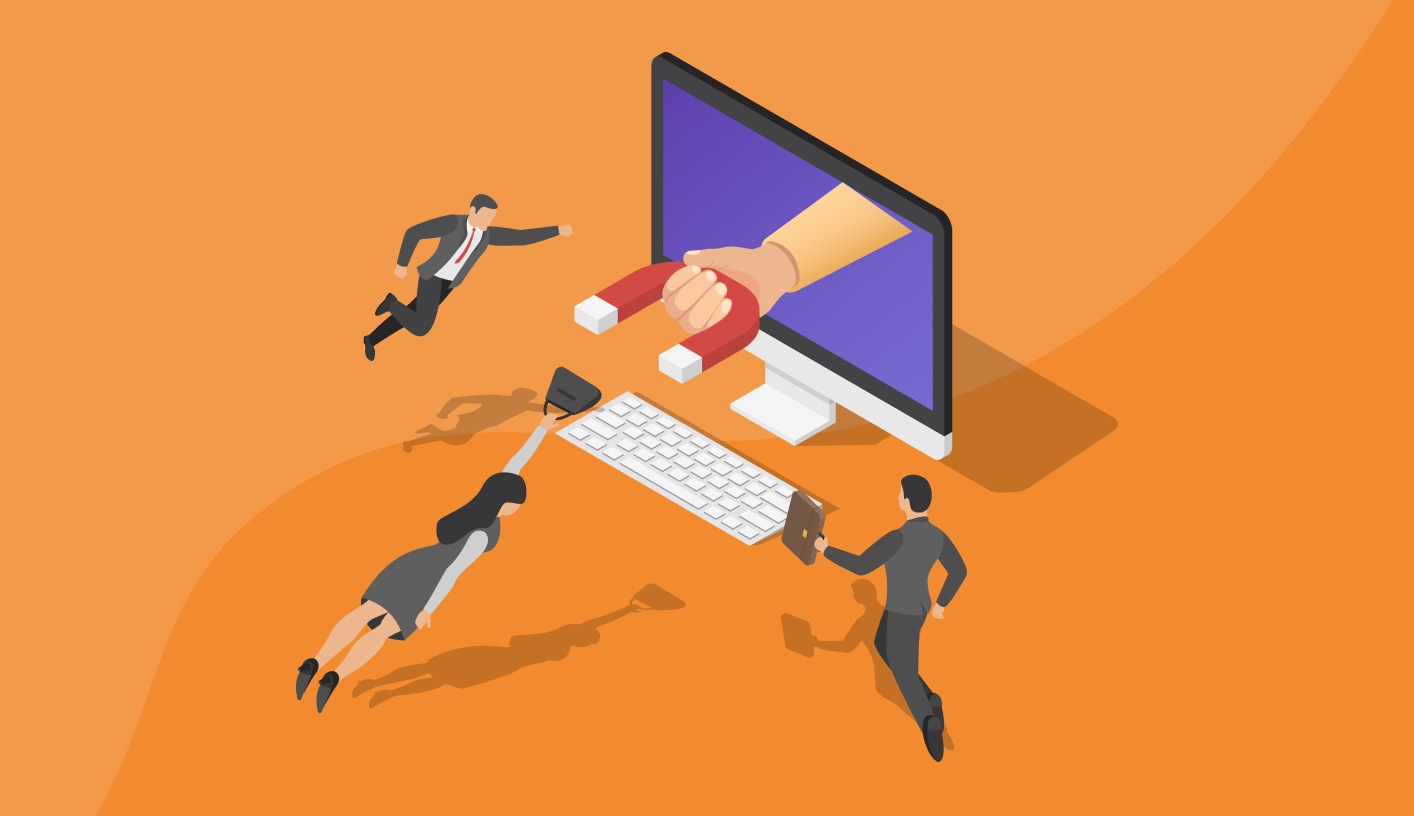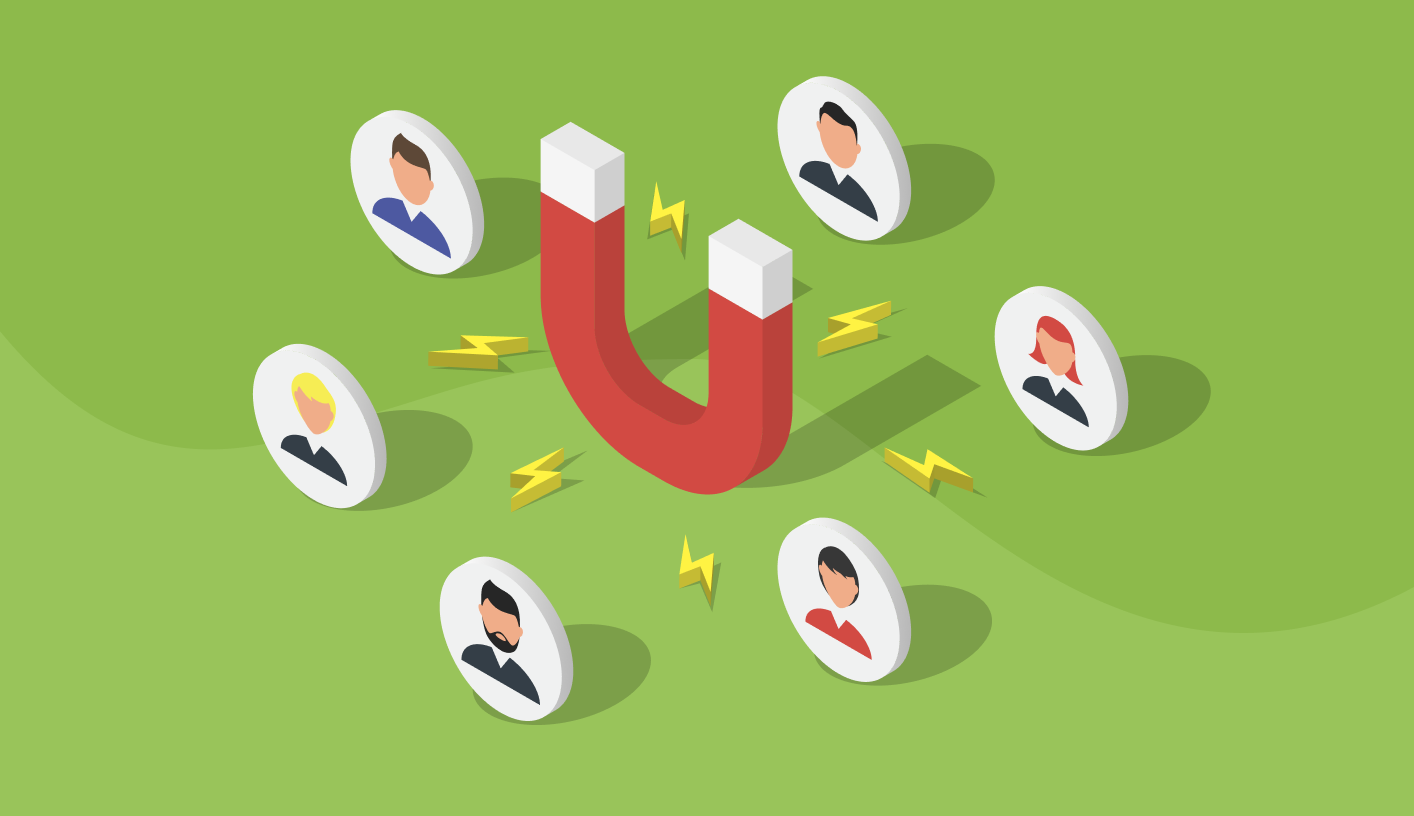13 Best Customer Retention Software in 2024
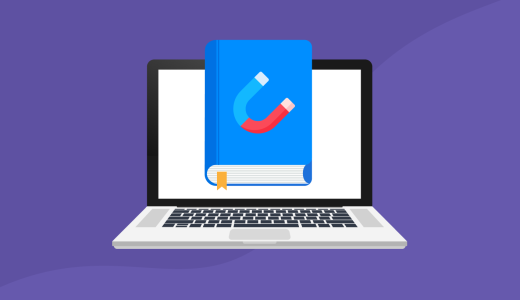
The number and variety of customer retention tools can be overwhelming. In this guide we break it down to help you find the best tools to reduce churn.
Let's begin with an overview of the main 7 categories of customer retention software:
Billing analytics - Understand how customer retention affects the bottom line and track improvement over time.
Onboarding & feature adoption - Set up new customers for success and increase engagement of existing customers with in-app tours, tooltips and messaging.
Surveys & feedback - Collect actionable information in context, identify promoters and detractors.
Behavioral analytics - See what your customers are doing in your app.
Customer health - Combine data from multiple sources to get a complete picture of “customer health.” Then mine this data to predict which customers are at-risk.
Dunning - Resolve failed payments and delinquent accounts.
Cancellation flows - Collect feedback and reduce churn by saving customers at the point of cancellation.
| Billing analytics | Onboarding | Surveys & feedback | Behavioral analytics | Customer health | Dunning | Cancellation flows | |
|---|---|---|---|---|---|---|---|
Now that you have a bird’s eye view, let’s dive into the details of the 7 categories and the best customer retention software in each.
Billing analytics
You are what you measure. Tracking your churn rate over time is the primary way to evaluate the effectiveness of your customer retention efforts.
Billing analytics tools sit on top of your billing platform (e.g. Stripe or Chargebee) and make it easy to track relevant metrics like MRR, LTV and churn rate. While overall churn rate can be calculated on a napkin, analytics tools allow you to segment customers based on criteria like MRR and create time-based cohorts for deeper analysis, which may paint a dramatically different picture of your churn.
KissMetrics
Used by companies like Unbounce and Microsoft, KissMetrics offers a simple, user-friendly UI with smart dashboards and an extensive suite of integrations. They’ve been leading the charge since 2010, tracking over $10 billion in transaction volume for 10,000+ brands worldwide.
Companies can begin using the service for just $25.99/month or adopt a “pay-as-you-go” plan for just $0.0025/event.
Baremetrics
Baremetrics offers many services you’d see in KissMetrics, presenting them with colorful, user-friendly widgets and count boards rather than your traditional hard-to-read charts. This can be especially helpful for those who articulate information better when segmented and visually driven.
This tool is loved by SMBs and startups alike, working to recover failed payments (via charge assist measures) and giving strategic cancellation insights. After data is procured, users can use AI-created personalized email campaigns to attempt to retain the customer and win them back.
The tool has helped hundreds of business owners and finance departments, such as Statusbrew — a company that reduced churn and saved $10+ over three months.
Pricing starts at $129/month on a flexible basis based on a company’s current MRR.
It might take a while for those new tooltips to have a marked effect on churn rate. Improving retention through customer satisfaction is a long game, but that doesn't mean there aren't any quick wins.
Both dunning and offboarding solutions start cutting churn from day one. What are you waiting for?
Onboarding & feature adoption
Successful onboarding drives early user engagement, which is a key indicator of lifelong customer health.
For new customers, this means identifying the desired outcome and guiding them to achieve it with in-app tooltips, tours, walkthroughs, launchers, banners, notifications, lightboxes, and hotspots.
For existing users, increasing feature adoption is the name of the game. When you help customers maximize their value, not only will you retain them, but they’ll leave behind a trail of recommendations wherever they go on the web.
Why not build these bits and bobs in-house? For one, developer resources are at a premium. “Codeless” tooltips, tours, etc can be created at any time by support and success teams, without competing for a slot in the next sprint. Hosted solutions also provide metrics to measure effectiveness and ways to segment and personalize these materials.
Standout tools in this category include:
Appcues
With Appcues, businesses can start boosting customer satisfaction for free — improving conversion rates and reducing the time spent before value is attained. Experts can create in-app experiences without engineering support, personalizing each effort by customer segment.
Plans start at $249/month, with three user licenses and an extensive pattern library.
Userpilot
This service offers contextual insights across the consumer journey while letting you capture feedback at each step. It’s the best of both worlds!
They are loved by hundreds of brands and known for delivering results quickly. For example: Kontentino was able to improve New User Activation Rates by 10% in just one month of use and also saw improvements in 1-week retention rates.
Plans start at $249/month — but users can enjoy a convenient free membership to get a taste of the tool suite.
Surveys & feedback
Feedback tools for customer engagement focus on in-app surveys and “microsurveys”–a single question or NPS triggered at the right moment. When short surveys are delivered in context, responses increase from a typical 8% in post-transaction emails to north of 50%.
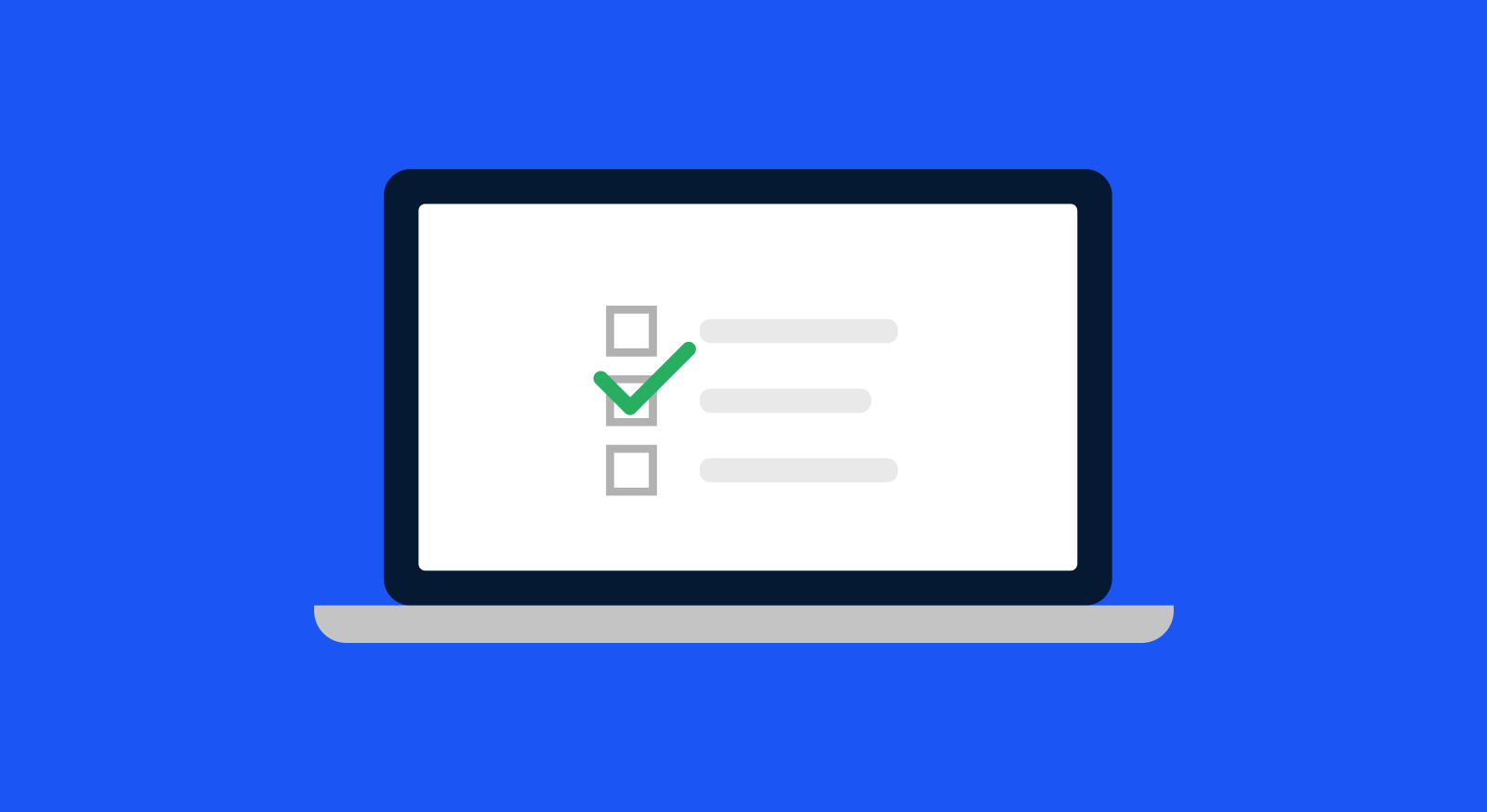
Like “codeless” in-app onboarding tools mentioned above, these survey tools allow non-technical team members to seamlessly embed surveys into the product, allowing them the freedom and flexibility they need to perform.
Survey data helps teams understand user behavior and expectations, identify triggers of dissatisfaction, and surface at-risk accounts.
YesInsights
This handy NPS tool is designed to improve your business with real-time customer feedback you can reference at any time. The one-click install, no-code framework especially appeals to SMBs and corporations wishing to remain agile.
GiveGrowSocial founder Micah Horner noted that it immediately cut down churn rate and cancellation substantially and they do highly recommend the service. They’re in good company, too — other customers who use YesInsights include MailChimp, DesignPickle, PredictableRevenue and more.
Users can start for as little as $20/month and are eligible for a 7-day free trial.
Instabug
Instabug provides bug reporting, app performance monitoring, crash reporting, in-app chats, and user surveys for mobile apps. It supports some of the biggest apps in the game, such as Disney, Lyft, T-Mobile and more.
Their Standard plan starts at $200/month for $25K sessions.
Behavioral analytics
You can think of behavior analytics as Google Analytics for your product. These tools turn the raw data of user interaction (clicks, navigation, form submissions) into a timeline of events that can be analyzed in aggregate or per customer (e.g. a “user journey”).
Behavioral analytics help you identify which features customers are using (or not) and where they get stuck, so you can resolve issues and help your customers achieve success.
For example, behavior analytics helped insurance company Lemonade identify a major conversion dropoff: customers were filling out a complex form but most people didn’t submit it. Digging in showed there was a bug on this page and a wishy-washy CTA. When these issues were resolved, conversions increased 50%.
CleverTap
This platform offers some of the most comprehensive insights on the market, pulling from various customer inputs to synthesize clear, actionable data for future refinement. It’s trusted by Dominos, Sony, 7-Eleven and more and has won 6 G2 Summit awards in 2023 alone.
New users are eligible for a free trial and can sign on for as low as $99/month.
MixPanel
Consider this tool your user-friendly, visually-driven alternative to SQL-dominant layouts. You’ll be able to set custom metrics to track, instantly visualize trends based on user inputs and take action on decisions — all in one platform. The tool offers some of the most inclusive libraries of integrations on the market, making it a great option for larger brands or rapidly expanding SMBs.
Users can get started for free and stay on the free tier up to 20 million monthly events. After that, you can explore other options — such as the Growth tier for $20/month.
Customer health
While surveys and support requests can help identify at-risk customers, 96% of unhappy customers won't complain to you before starting to look for an alternative product. Customer health software can help surface these accounts, as well as show you your happiest customers.
Customer health software aims to give you a comprehensive picture of a customer’s engagement with your product and brand across all touchpoints, including in-app behavior, support tickets and social media. By combining data from all these sources, customer health software gives you a timeline of customer engagement activities, boils down everything to a single “health” score, and can proactively alert you about specific events or evaluations.
Gainsight
Gainsight is all about ease — harnessing the power of AI and other digital advancements to deliver personalized customer service to your customers. Users save about 7 hours per team member per week after switching, and your clients will benefit from both the speed of AI and the power of the human touch.
Dealerware experienced a 2700% increase in NPS responses after swapping to Gainsight. And Notion (an industry leader in the personal management space) had a 25% increase in healthy customers due to the journey-savvy approach Gainsight takes.
Custom pricing is available upon request.
Pendo
On average, Pendo reports 15% fewer support tickets, 30% more qualified leads and a 5% reduction in customer churn — all prompted by their streamlined native processes and without an ounce of help from your team members.
Their secret? Your consumers. The interface is built to encourage the production of only the elements your users really want — and it helps stakeholders to determine this with savvy in–app communications and efficient presentation of user-provided insights.
Pricing is available upon request.
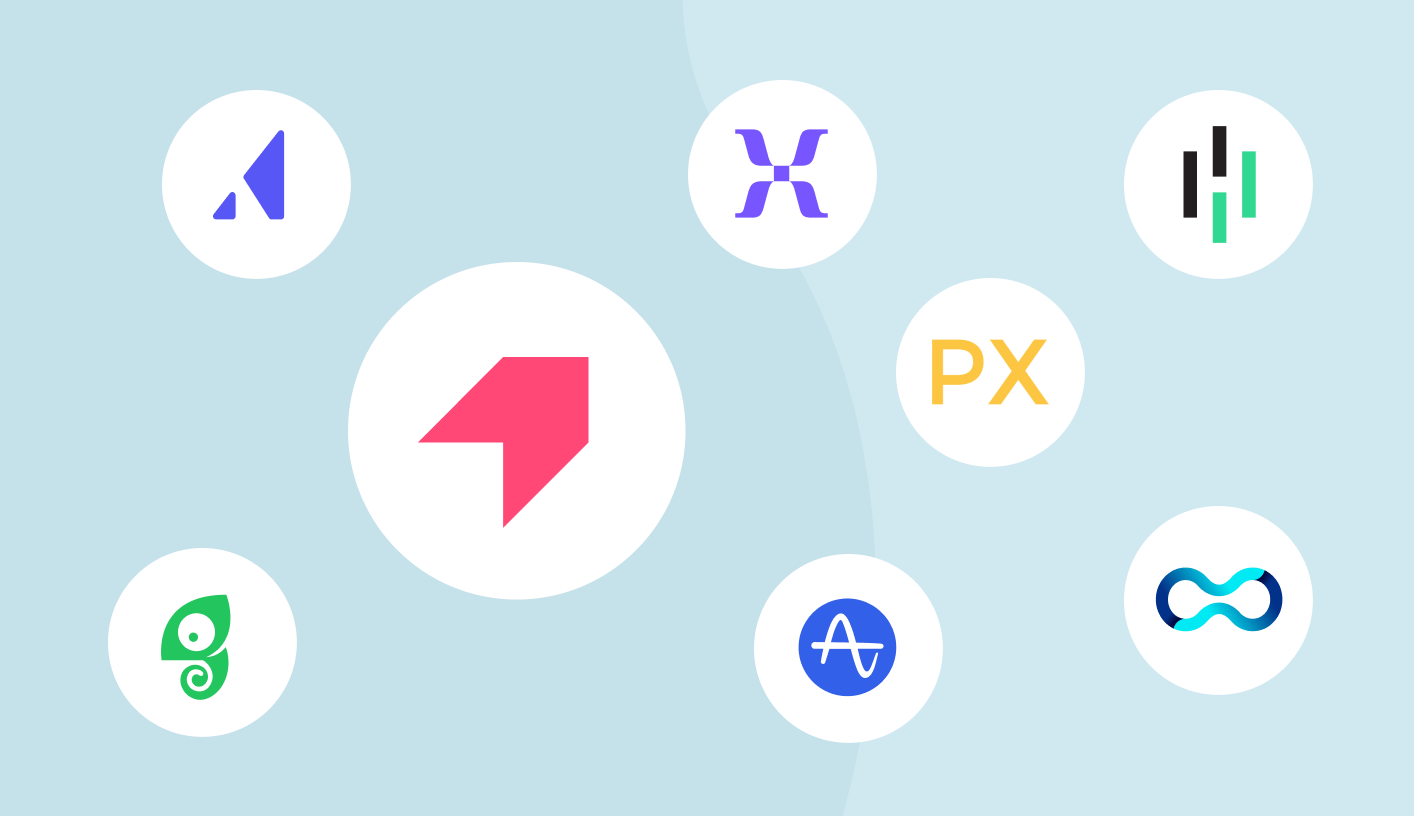
Dunning
On average, delinquent credit cards make up 20-40% of overall churn. Dunning is the methodical process of communicating with customers to resolve these failed payments and resume subscriptions. Software solutions automate this process via email, producing immediate results.
Stunning, the original, has recovered over five billion dollars for its customers. Newer options like Vindicia Retain and ProfitWell Retain promise to improve upon conventional methods with sophisticated data analysis. Gravy takes a different tack, recovering failed payments with US-based retention specialists.
Vindicia Retain
The subscription market can be complicated — and Vindicia estimates that subscription-based platforms retain just 82% of their clientele. That’s why they can step in when it comes to dunning, helping customers and brands resolve delinquent accounts (and giving you the data you need to make it all happen).
On average, Vindicia recovers $187 per minute simply by reducing churn and optimizing your payment pathway. While their process mirrors that of other tools, they use AI-driven tech and other advancements to outperform — creating a holistic profitability strategy based on analysis of failed transactions, improving your subscription with the insights and effectively resolving failed payments.
Pricing is available upon request.
Gravy
Gravy appeals to brands looking for human-led support and expertise, bragging about a 30% higher recovery rate than tech-only processes. The process is entirely done for you and consists of strategic client communication management, access removal, incentive management and cancellation automation.
In other words? You’ll never have to lift a finger again. All specialists are U.S. based, so please consider that if you are working with international clients or represent an international brand.
Flat-fee pricing is available upon request.
Cancellation flows
It might seem all is lost when a customer goes to cancel, but in fact 10-39% of cancellations can be prevented with relevant deflections and interventions, whether it be a support conversation, a plan upgrade or a coupon. Tools like ProsperStack replace your “Cancel” button with a cancellation experience that collects feedback and automates churn reduction.
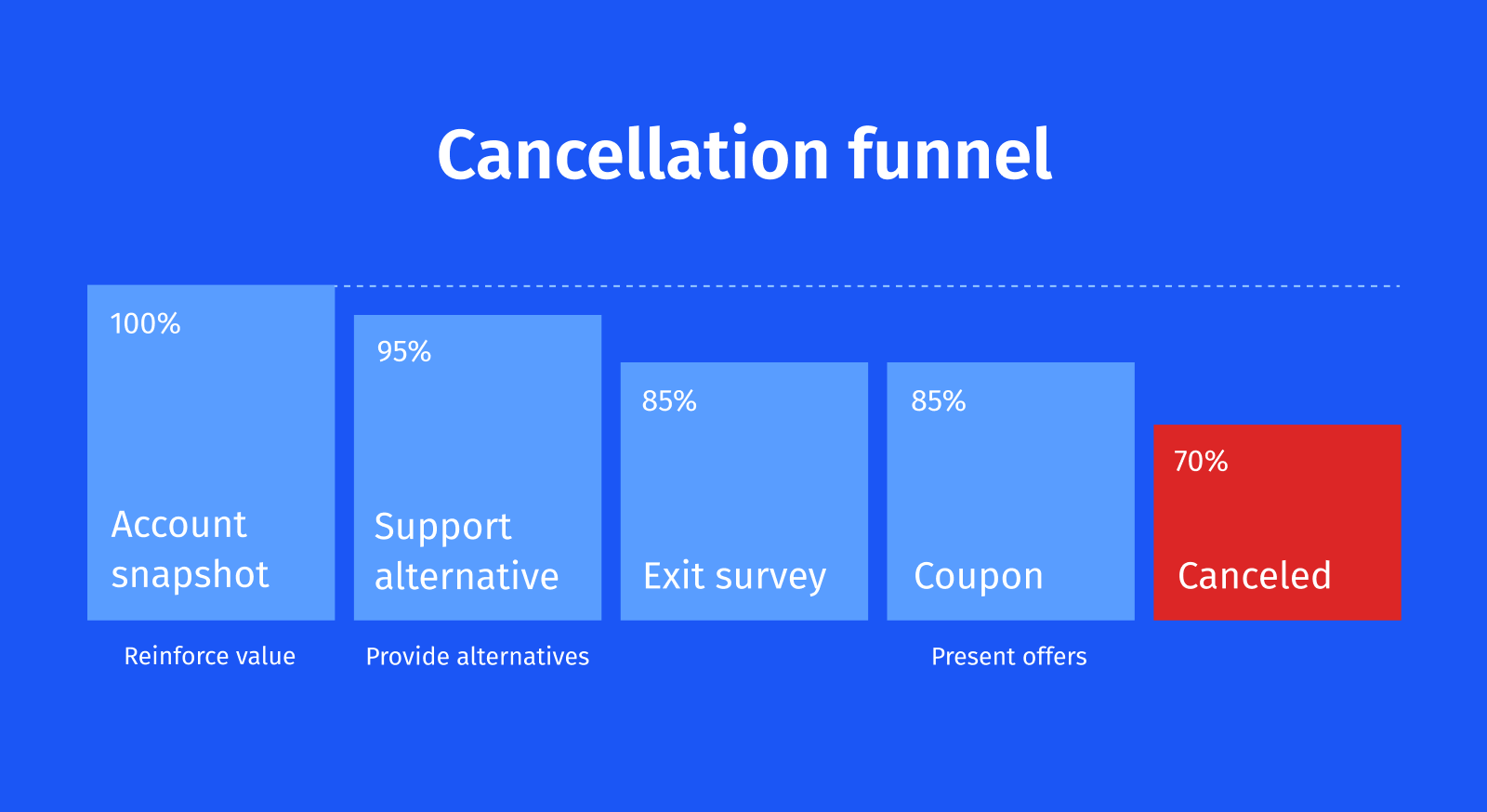
Look for a solution that connects to your billing platform so it can correlate reasons for leaving to lost MRR and automate subscription modifications such as applying coupons, changing plans, pausing accounts or extending trials. This puts ownership in the hands of non-technical teams, allowing them to add and edit offers without needing to compete with other priorities for dev time. Analytics and A/B testing enable maximization of offer effectiveness, and thus ROI, above and beyond in-house solutions.
ProsperStack
Think of ProsperStack as your tool for subscriber retention done right. We offer extensive integration suites, the highest-quality support out there and about a thousand different incentive options you can use to encourage retention of your hard-earned customers. We're your service if you’re looking for A/B testing capabilities, customized exit survey insights, customer segmentation and a robust reporting panel.
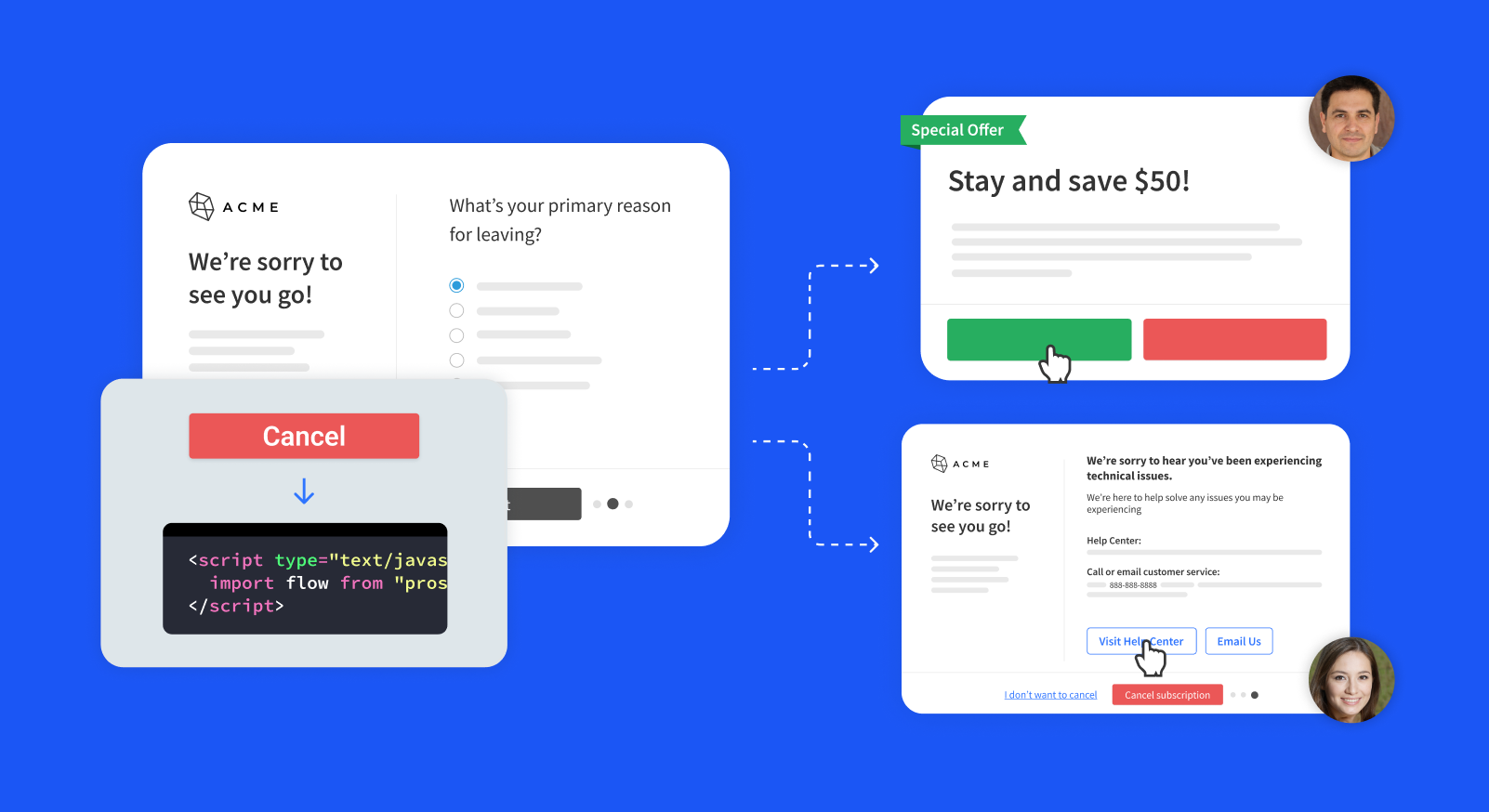
When you sign on with ProsperStack, you can enjoy user-friendly, seamless and no-code solutions in just a few clicks. We’re trusted by high-volume subscription businesses (such as Hootsuite, Trainual, and more) — and we’re here to bring that expertise to your business. If you’re looking for a churn-preventing drop-in cancellation flow that knocks the others out of the park, look no further.
The future of customer retention software
You know that retention is critical to your business’s ability to thrive. Investing in the tools you need to prioritize customer engagement and retention now can save you millions down the line. There’s no time like the present!
If you haven’t already, we recommend looking at your current retention strategy and determining if any of the tools mentioned in this blog post might be a fit. We also recommend using ProsperStack as your customer retention management software.
While off-boarding is an often overlooked area of customer retention, it is often the most important. Your users have reasons for quitting — and this data not only drives your future innovation, but it can also be used to win them back. That’s where we come in — giving you a holistic solution that offers you subscriber retention done right.
ProsperStack uses a seamless start-up process, an extensive integration suite, hundreds of incentive optimization options and human-led support. (We bet your current tool can’t do it like we can!)
Request a demo with us to explore the future of customer retention.
Are we missing anything? Give us a shout.
